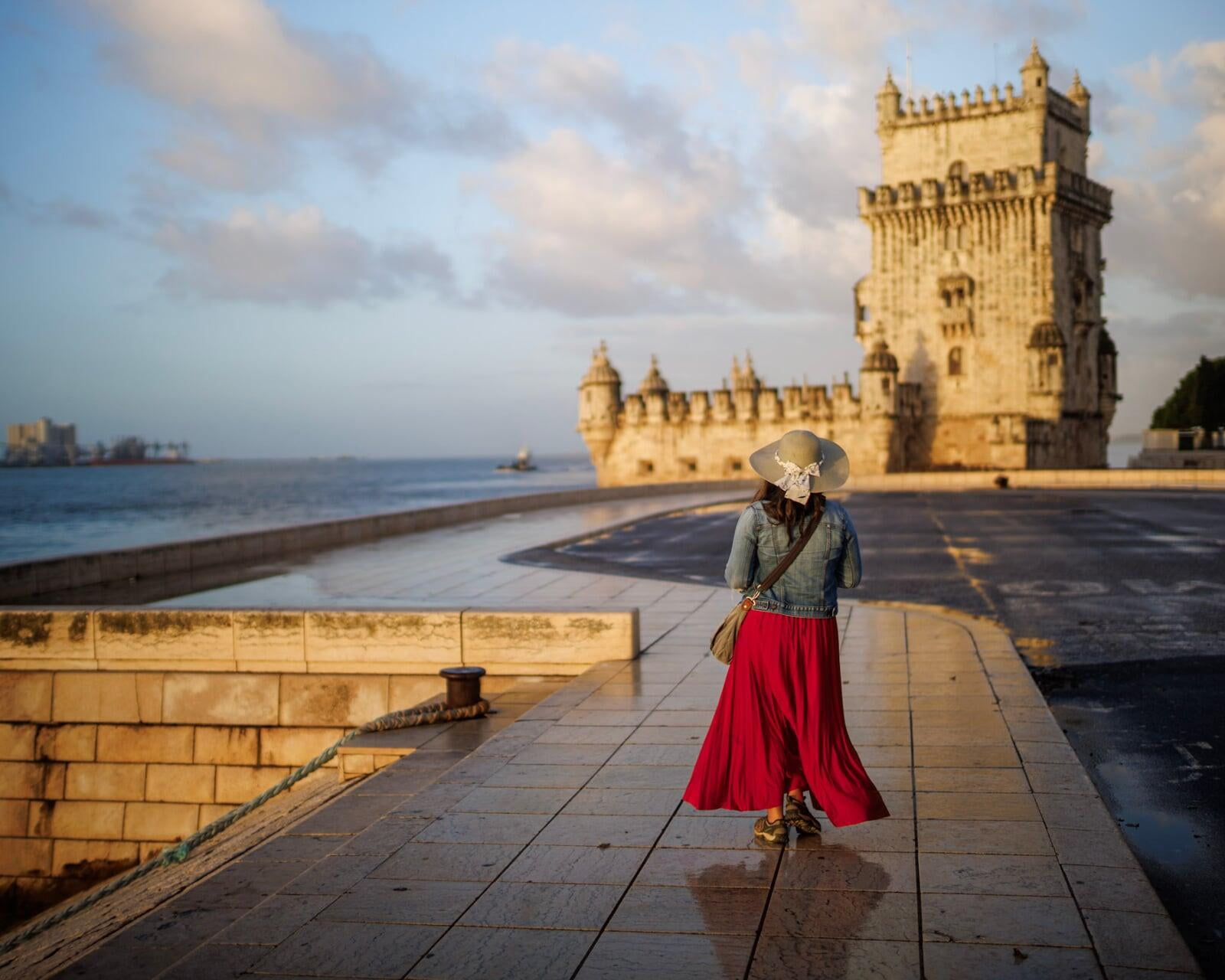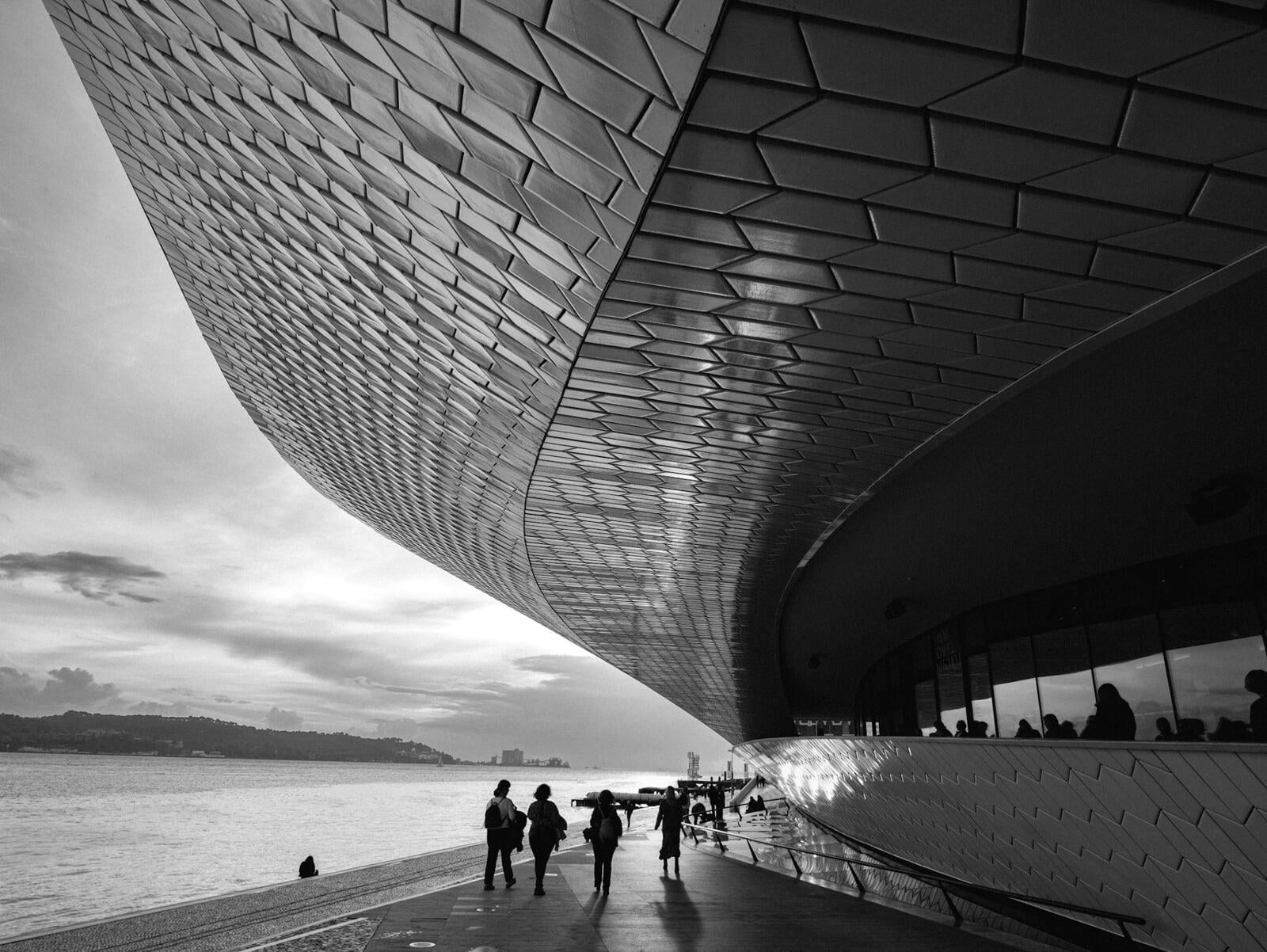Say 'Olá' to Lisbon, the vibrant capital of Portugal where sun-kissed beaches meet historic cityscapes, and the scent of freshly baked 'Pastéis de Nata' and bacalau au bras fill the air. Between the sun, the sea, and the sardines, Lisbon definitely has something to offer for everyone.
As the capital of Portugal, the city has seen many different influences over the centuries, resulting in a vibrant mix of cultures.
Lisbon is a perfect blend of old-world charm and modern development. It truly encapsulates the classic European city experience.
I mean, fancy a ride? Take the old-fashioned yellow tram as you boujee around the city in style, and if you're in a hurry, hop on the high-speed underground train!

Navigating the city is a piece of cake, even for novices like us with absolutely zero knowledge of Portuguese. I attempted some language basics with Duolingo into my brain before the trip but alas, it seems to have the retention skills of a goldfish. Lucky us, speaking Portuguese is not mandatory as most of the signs in Portugal are written in at least three languages: Portuguese, French, and English - because one language just ain't enough for this country.
Getting a simcard was easy, as soon we went out from the arrival gate, we saw a big Vodafone kiosk. I bought myself 50GB of data for around 50USD. In this digital age, being connected is vital for my survival, especially when it comes to booking hotels and communicating with them (you never know when you might need room service at 2am). And I'd rather not be stranded in a foreign country without Google Maps to guide me.
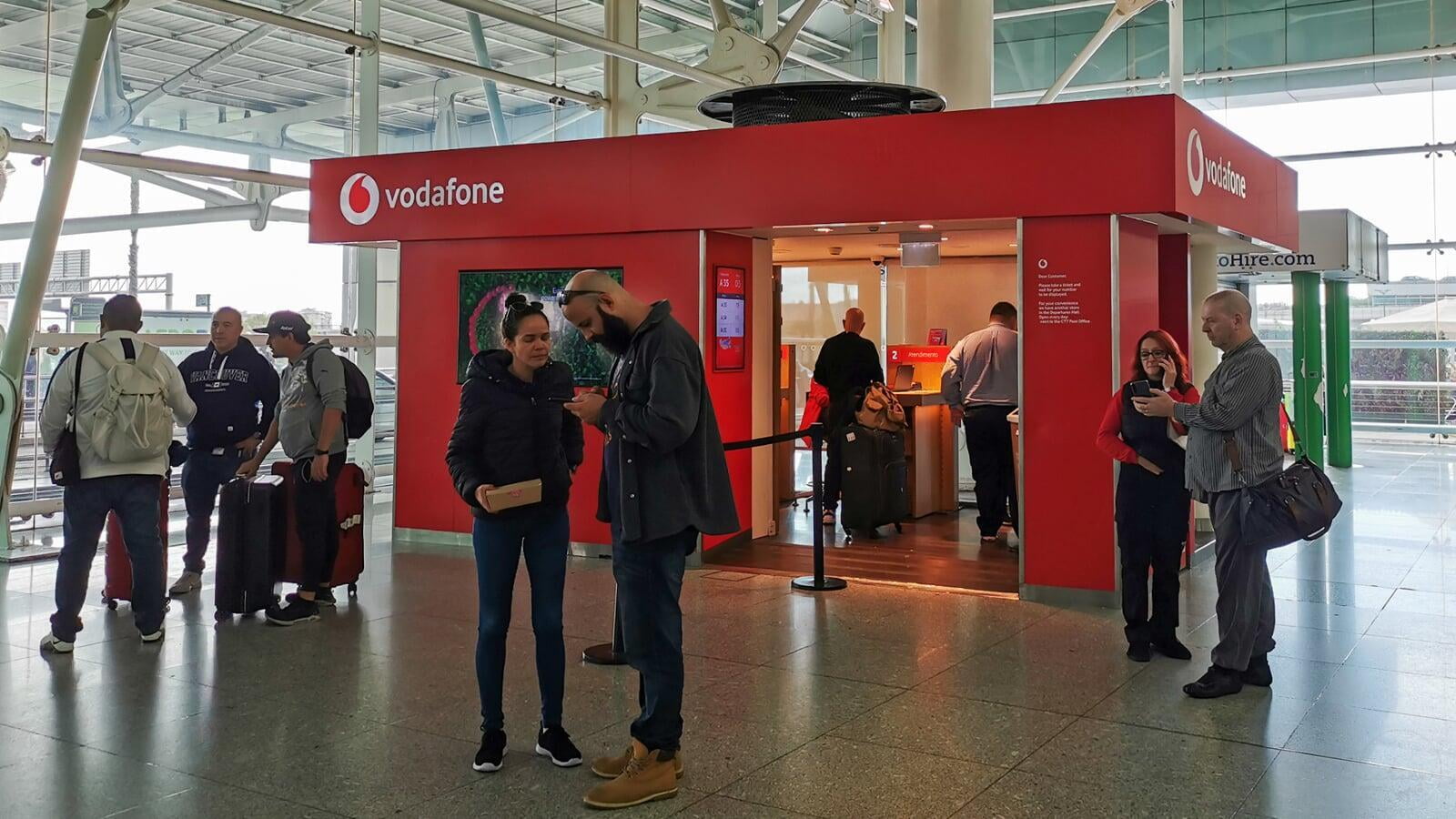
After getting the simcard, we took the subway which by the way directly connected to the airport, to our hotel in Alfama district. Navigating through Lisbon's public transportation was a piece of cake, and surprisingly easy on the wallet. We each snagged a Viva Viagem card with 15 Euro loaded onto it - a magical pass that granted us access to all modes of transportation including metro, bus, tram, funicular, ferry and even suburban train.
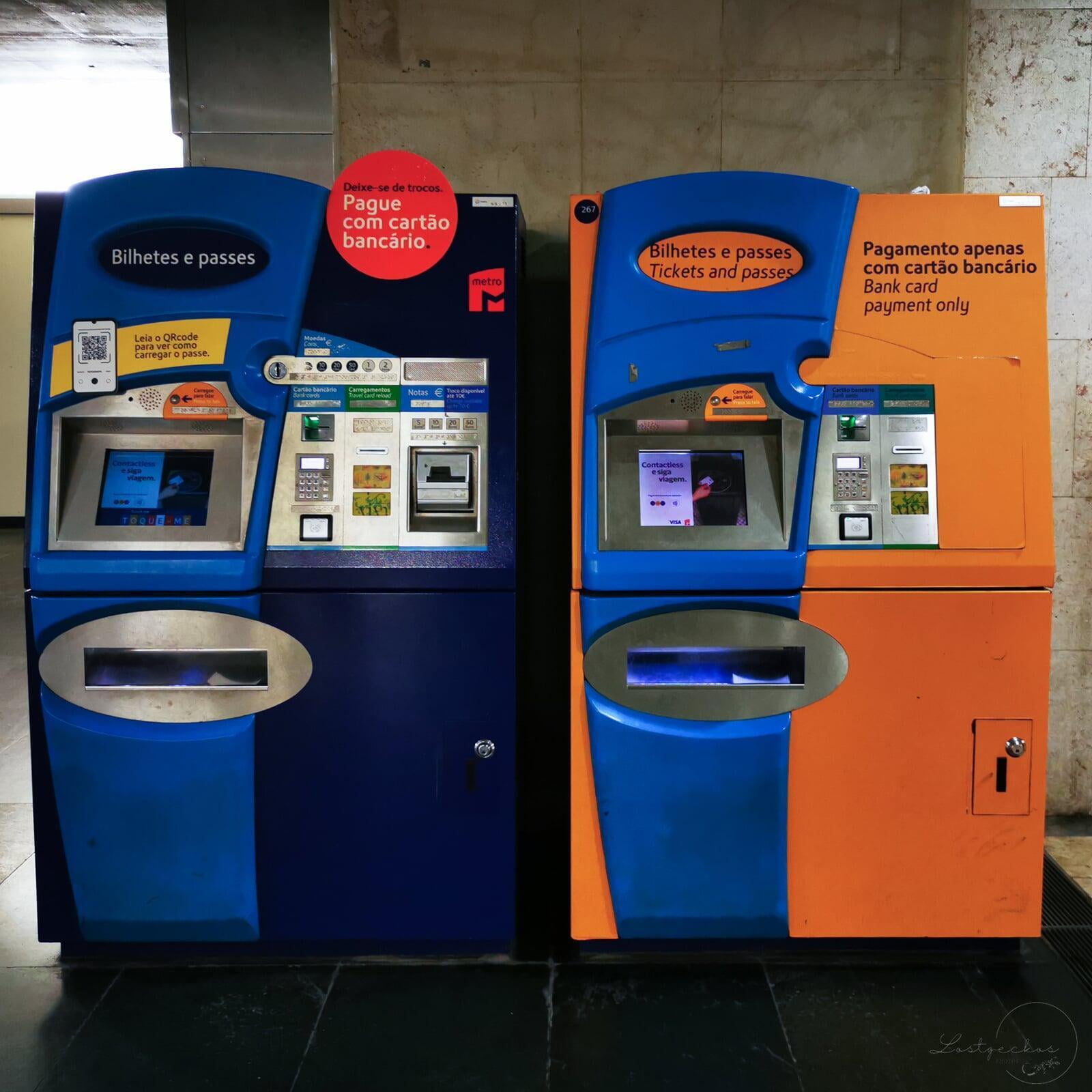
The stay
Lisbon is like a patchwork quilt, stitched together with distinct districts that each have their own personality and charms. From the colorful chaos of Bairro Alto to the elegant charm of Chiado, every neighborhood adds its own twist to the city's vibrant personality. We decided to stay in Alfama district. This vibrant neighbourhood is filled with winding cobblestone streets, colorful buildings, and a variety of restaurants, cafes, and shops. We stayed at the Light Green Apartment at Rua das Canastras, and we highly recommend this apartment hotel for its cleanliness and strategic location.
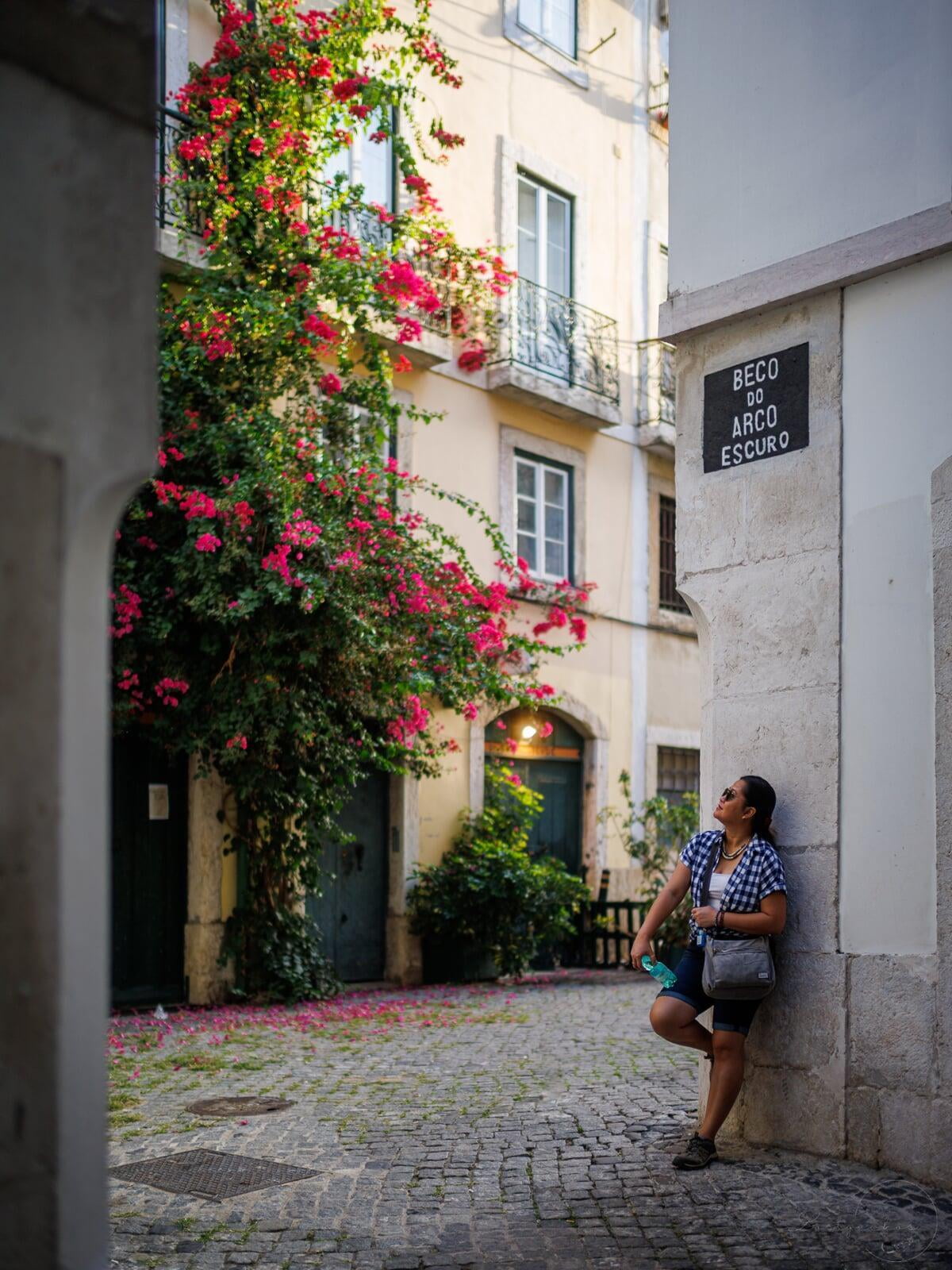
The highlights
Miradouros. Did I mention that Alfama is hilly? The cobblestone streets were uneven and slippery. Forget about wearing cute wedges sandals because walking on it almost feels like playing a game of real-life hopscotch, except I was an adult and there was no winner, only embarrassment. Sure, the hills may leave me catching my breath, but the breathtaking miradouros (viewpoints) make it all worth it. or is it tho?



Castelo de São Jorge. The Castelo de São Jorge was a medieval fortress that served as a royal residence until the 16th century. This big ass fortification sits high atop a hill, looking down over the city of Lisbon. To reach the castle, we had to make our way up winding streets and steep stairs. It was certainly a workout, but it was definitely worth it. Once at the top, we paid for our entrance tickets and began to explore the castle's grounds. We wandered through ancient walls and towers, imagining what life must have been like for the inhabitants of this fortress so many centuries ago.
IMHO, forget the breathtaking view of the city, the real star of this place is the gang of 101 peacocks that were casually strutting around the garden. They were like a feathered flash mob. Are these exotic birds even native to this country or did someone just let them loose? and why are they having VIP access to this garden like it's their own home? These are the important questions.
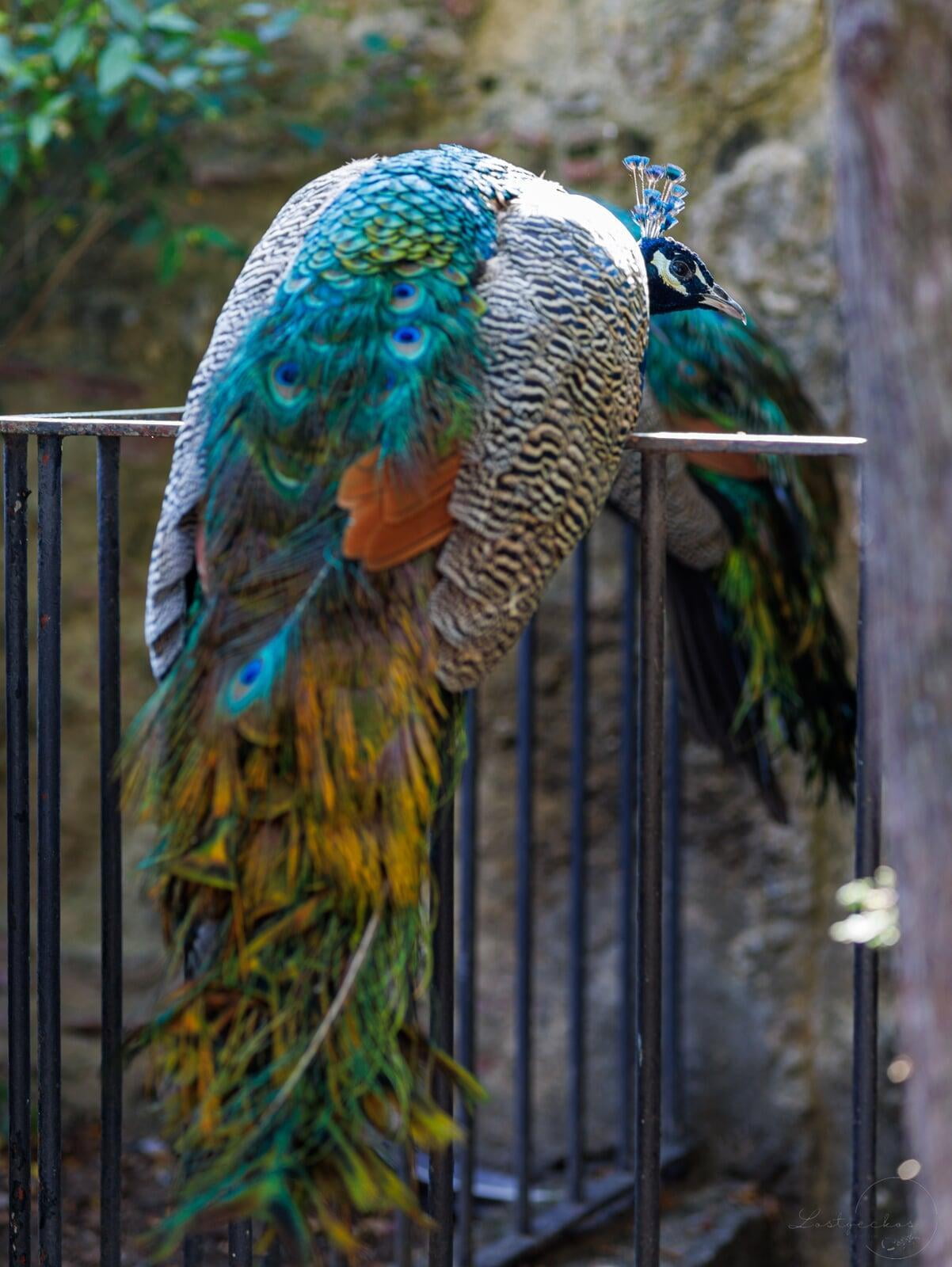
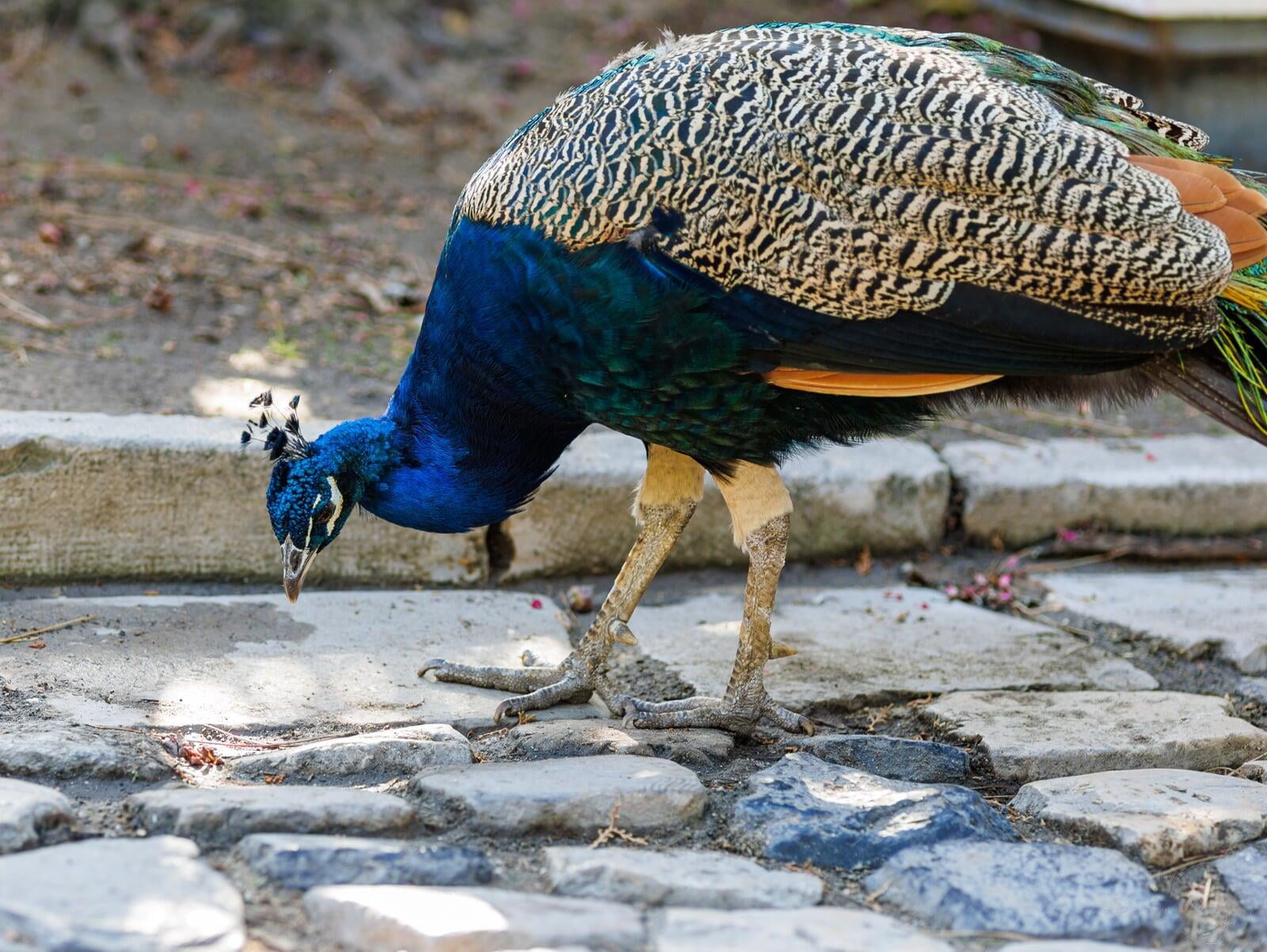
Elevador Santa Justa. This steam punk look elevator is actually meant for public transport to help the locals to navigate the many steep hills in the city, but nowadays the lift has become one of the most famous tourist attraction in Lisbon. Honestly, the elevator sticks out like a sore thumb in this colorful, eclectic neighborhood - and that's what makes it so charming
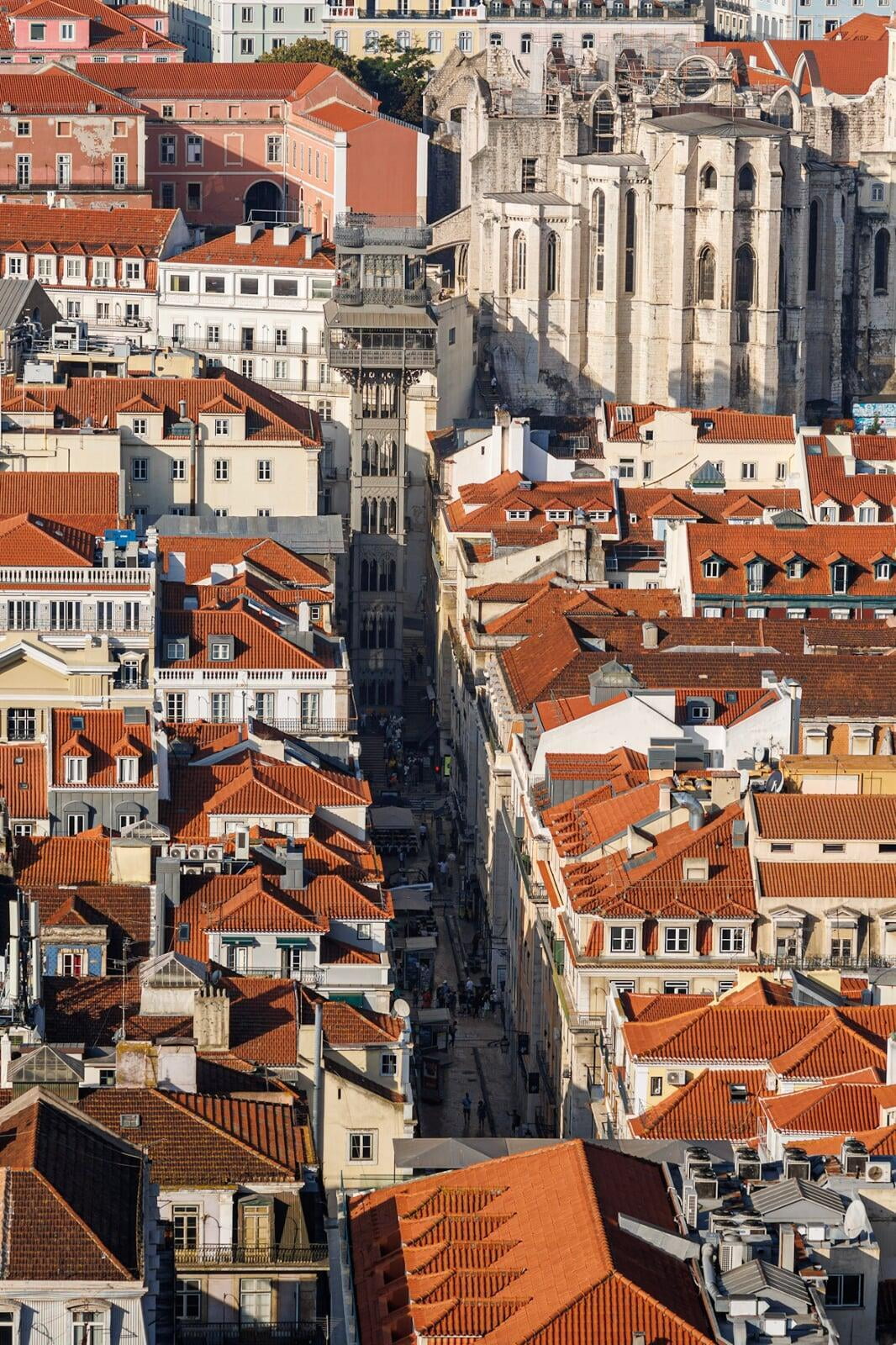
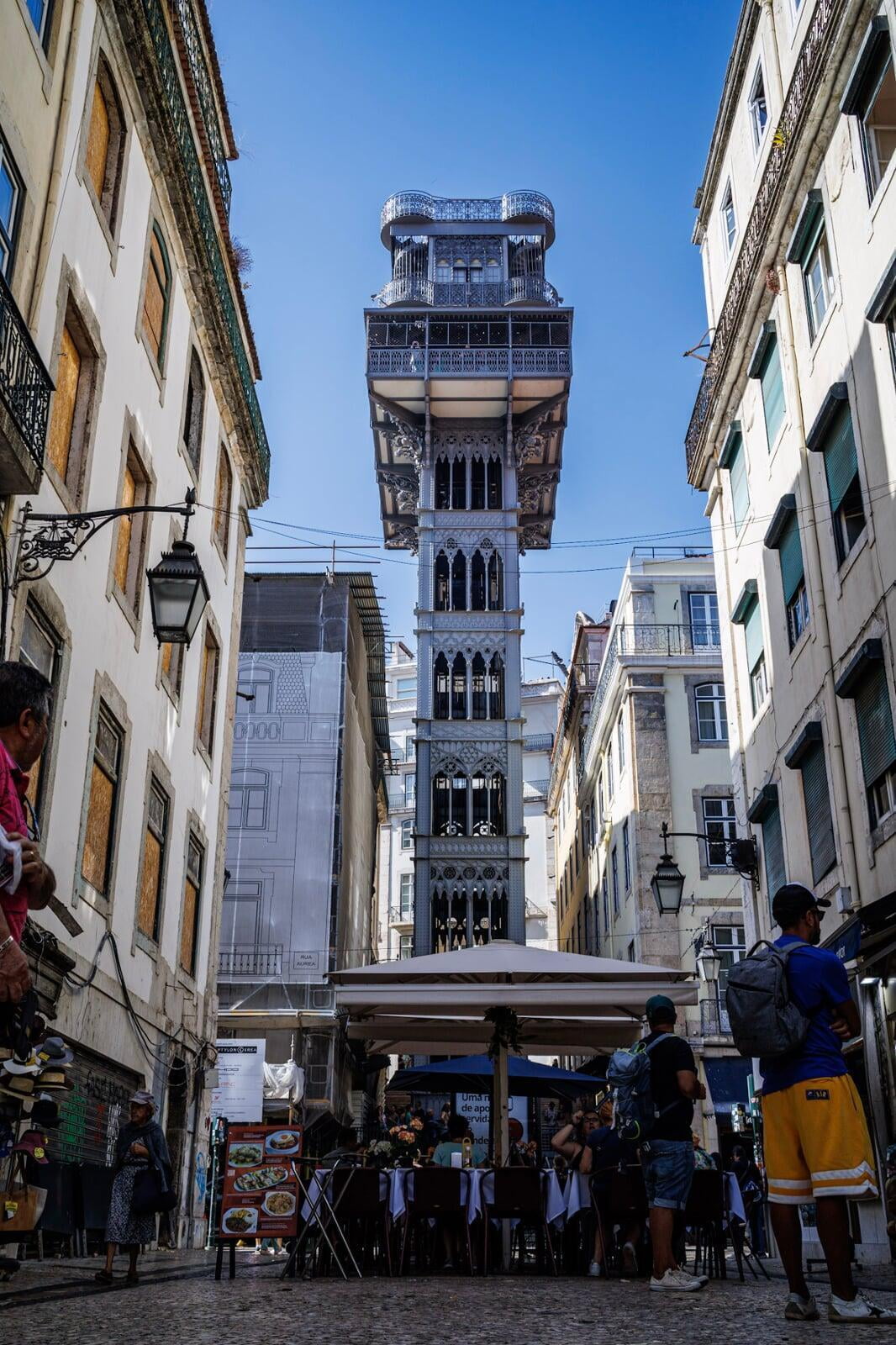
Calle Rossa - Pink Street. The name says it all. This is a road that has been painted pink in an effort to spruce up what was once Lisbon's seedy district

Tram 28. Ah, the notorious yellow tram that everyone goes bananas for. We caught a glimpse of it a couple times, but honestly, with all those people crammed inside, I'll have to take a hard pass and stick to walking. Not only is it famous for its retro vibe, but also for housing some wizard-level pickpockets. Nope, not about to get my wallet snatched on vacation, thanks, bye.


The Ginjinha of the Praça de São Domingos. Day drinking as part of tourist attraction? Yes, please. The Ginjinha of the Praça de São Domingos in Lisbon was the birthplace of the famous cherry liqour that locals affectionately call "Ginja." And, let's be honest, after a few shots, we're all pretty affectionate towards Ginja.
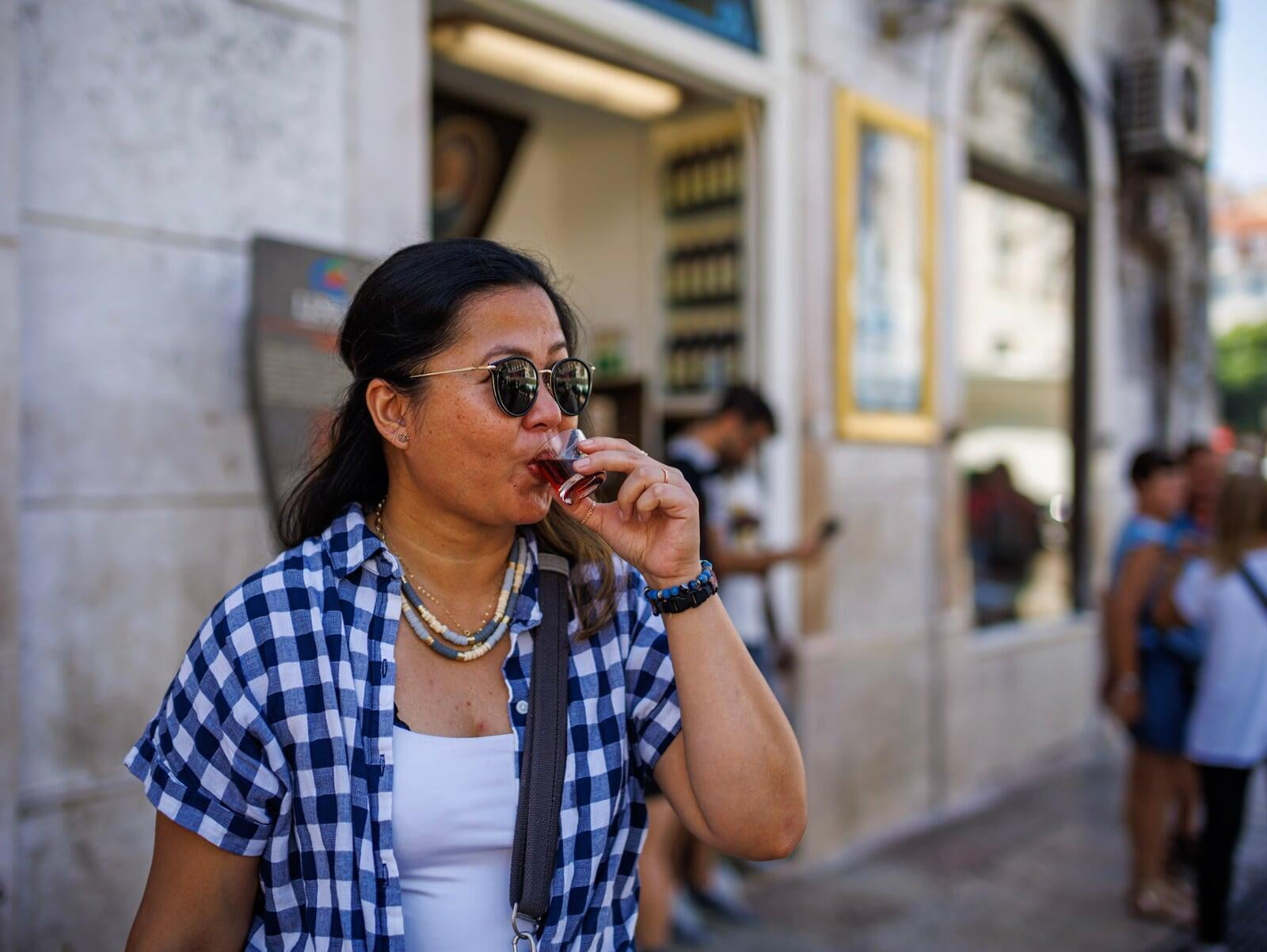

Santo Antonio Pasteis de Nata. The Portuguese have a serious obsession with their national custard pie, Pasteis de Nata. They practically worship it and even hold a fierce competition to determine the best one. It's like the Olympics of pastry-making. Santo Antonio pastelaria brought home the gold medal from the previous competition and we could really see why. BUT, their pasteis de nata isn't the only one that caught my eyes, or in this case my taste bud, they also made porto glazed croissant or simply the magnificent Croissant Porto for just 1,50 Euro. SO DANG GOOD!
Praça do Commercio. This plaza was undoubtedly the grandest I had ever seen, a display of opulence and power. Every inch of it seemed to radiate the wealth and prosperity of Portugal in its prime, back in the 18th century. Every detail exuded extravagance - from yellow pombaline building surrounding the plaza to the intricately carved stone pillars that lined the perimeter, to the gilded statue of King Jose I on his horse that stands tall in the center.

Rua Augusta - Arco da rua Augusta. Rua Augusta is Lisbon's liveliest pedestrian street, paved with fancy cobblestones that make your feet cry and your Instagram feed sing. This bustling pedestrian street connects Rossio square and Praça do Comércio, and is a shopaholic's paradise, where designer labels mingle with counterfeits street vendors.
Santai Indonesian restaurant. I have a strange reflex that kicks in whenever I'm going to a new place - I immediately search for Indonesian restaurants. Imagine my delight when I found one in Lisbon!
Belem District. As self-proclaimed foodies, we knew it only made complete sense to indulge in the famous Pasteis de Belém at its birthplace while we're in Portugal. We even chose to stay at the Famous Crows hotel conveniently located next to the patisserie,so that we could have the luxury of eating that flaky goodness with silky custard filling fresh from the oven every morning. #breakfastgoal Yumm! It turns out that the district is also the setting for some of Portugal major hotspots such as Mosteiro dos Jeronimos, Torre de Belem, and Padro dos descrobrimentos monument, MAAT museum of art and many more.
